I saw this and it is completely different from my question Resistance calculation
My question is below. I know that Ohms law is E=IR but I don't know how to use this in a real circuit.
if I have 12 volt battery 24 amps capacity of battery. and I want to start a device which required 0.5 amps and 5 volts. how will i calculate the resistance to reduce the voltage. why amps are necessary here as I know that resistance reduce voltage so it should be required Voltage = E/R so why we always need amps calculation and how will we calculate it in this case?
